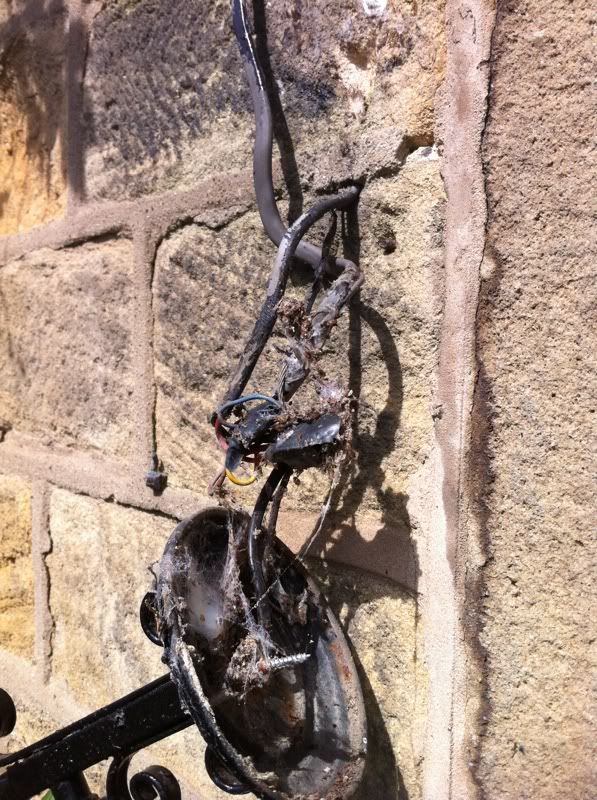I'm thinking I might transfer one circuit at a time onto the other RCD until that RCD starts to trip and then at least I know for sure which circuit I'm chasing.
It's gone 2 days without tripping and then off it goes again. I hate faults like this.
It's gone 2 days without tripping and then off it goes again. I hate faults like this.




